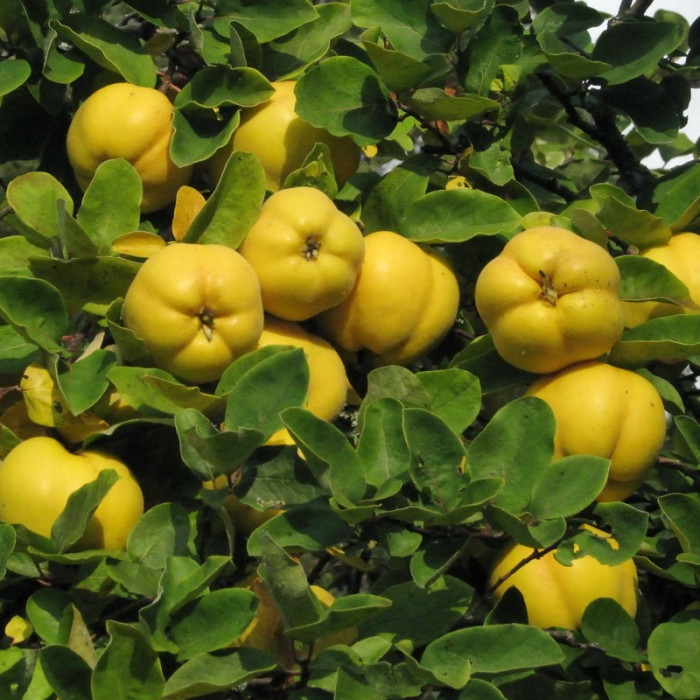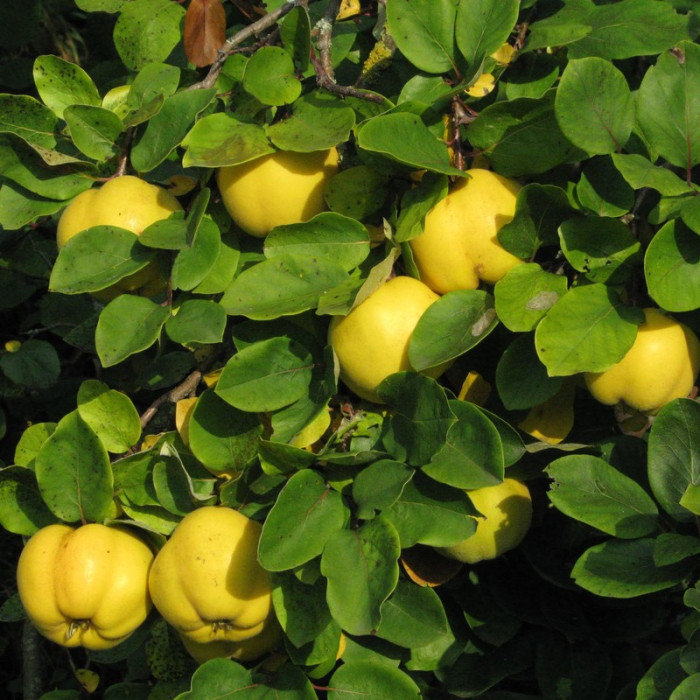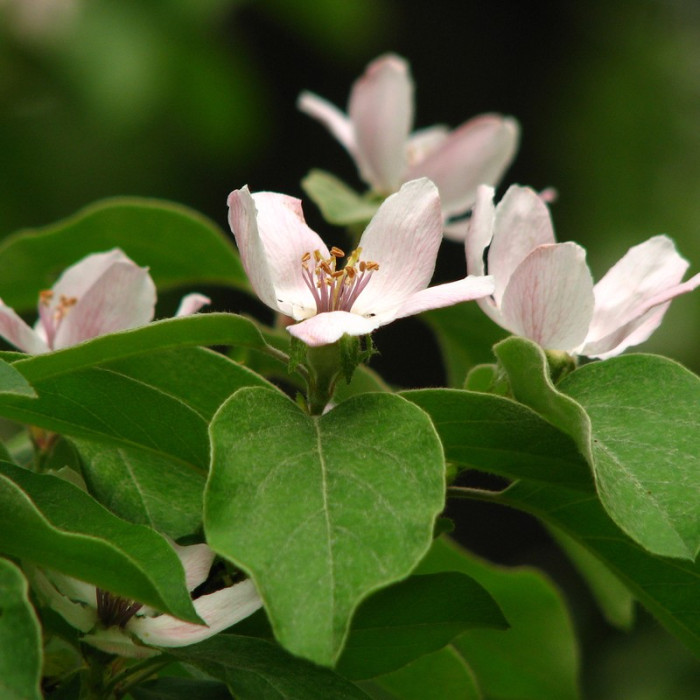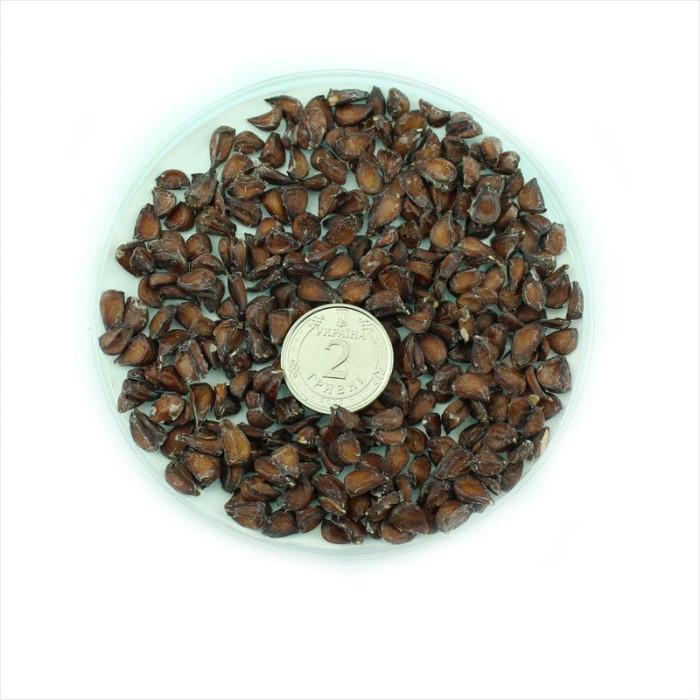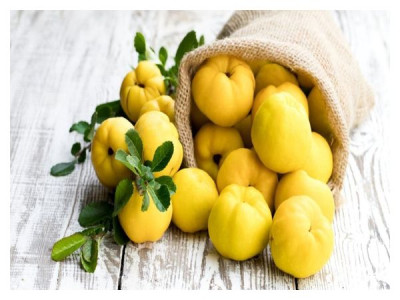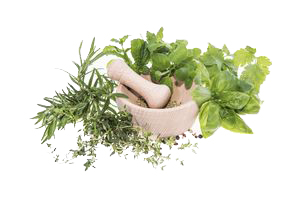Common quince, or oblong quince / Cydonia oblonga - is a monotypic genus of woody plants of the Rosaceae family. Common quince is a deciduous tree or shrub from 1.5 to 4-5 m high, with branches rising obliquely upward. The bark is thin, scaly, peeling, on the trunk and old branches dark gray, reddish-brown or blackish-brown, smooth; on young ones - brownish-gray, woolly-felt; shoots are gray-green, densely tomentose.
Leaves are alternate, ovate or oval, sometimes broadly elliptical, less often rounded, entire, sharp or obtuse at the apex, with a wedge-shaped, less often rounded or slightly heart-shaped base, dark green above, glabrous, grayish below with tomentose pubescence, 5-10 in length. up to 12 cm, up to 7.5 cm wide, with a petiole up to 2 cm. Stipules deciduous, with glandular hairs, oblong-ovate, less often lanceolate, 6-12 mm long, 4-6 mm wide.
The aroma of quince combines rose, lemon and apple - it is an infrequent guest in gardens. Although, with proper care, it is in no way inferior to other fruit trees.
The flowers of the common quince are regular, mostly solitary, on short felt-pubescent pedicels; they open only when the danger of return frosts has long passed, therefore, even if the spring was cool, nothing threatens the harvest. The calyx is five-parted, remaining with the fruit. The corolla is pale pink, white or pink, large, up to 4.5-5 cm in diameter; petals are obovate, with a short nail. Stamens 15-25, usually 20. Pistil with a lower five-locular ovary fused with the hypanthium; five columns, densely pubescent, each of which ends with an oblique notched stigma; five carpels with glandular-serrate edges, tomentose-pubescent on the outside, attached to the upper edge of the pitcher-shaped expanded part of the hypanthium; sepals five, entire, oblong, reflexed. Blooms in May-June.
The fruit of the common quince is a false apple with five multi-seeded nests, hairy, almost spherical or pear-shaped, often blunt-ribbed, lemon or dark yellow in color, sometimes with a reddish one-sided “tan”, at first tomentose, when ripe it is smooth and hard, up to 15 cm in diameter The pulp is very aromatic, low-juicy, hard from numerous stony cells. The taste is tart, astringent, sweetish. The seeds are reddish-brown, obovate, irregularly angular, with a very slimy outer skin. The fruits ripen in September-October.
Quince is more drought-resistant; in addition, it can grow even on saline soils, which rarely can be tolerated by any crop. And on fertile and moist soils, quince yields reach a maximum - more than 100 kg of fruit from one tree!
Propagation of common quince by seeds is preferable, because Strong plants are obtained, and this is also the easiest and cheapest way. Quince seeds are sown in spring or autumn (before winter), having carried out the obligatory stage of stratification for 2-3 months, and therefore autumn sowing is more convenient and practical. To do this, in the fall, seeds are planted immediately in open ground to a depth of 2-3 cm and mulched with peat or humus. The distance between rows should be 20-25 cm.
For spring sowing, seeds are laid for stratification in December or February. If in December, then sowing is carried out in peat-humus pots or coconut tablets. If in February, then sowing is carried out immediately in the open ground in April.
Before planting for stratification, the seeds are soaked in water for 5-6 hours, after which they are mixed with coarse washed sand at a ratio of 1:3 - moistened, placed in a cold place (for example, a refrigerator) for 2-3 months, moistening and stirring regularly. After stratifying quince seeds at home, they are planted in pots of 2-3 pieces to a depth of 2-4 cm, moistened, and with the onset of warm weather they begin to harden, 2-3 weeks before planting in open ground.
Before planting quince seedlings, the area is dug up using a spade and moistened. Quince seedlings are planted at a distance of 10-15 cm from each other, moistened and mulched; for this, it is convenient to use special peat or coconut tablets during germination. In autumn, rooted seedlings can be transplanted to a permanent place; by this time their height can reach 40 cm.

No questions about this product, be the first and ask your question.


